Sabian Aspect Orbs
Astrology: A Language of Life, Vol. 2
by Robert P. Blaschke
248 pages/ 15 November 2024 / b&w paperback: 9781947544741
Every Aspect Tells A Story In Your Life
Sabian Aspect Orbs presents a novel system of aspect analysis that weds precise technical measurement with deeply intuitive symbolic interpretation. Blaschke explodes classical Ptolemaic aspect doctrine and applies Dane Rudhyar’s theories of the zodiac to assign a robust framework for any arc distance between two celestial factors. This book contains an exploration of harmonic aspect families, a thorough treatment of the origin and meaning of the Sabian Symbols, waxing/waning and applying/separating aspect variations, direct motion vs retrograde considerations, case histories, and includes progressed aspects, synastric, composite applications. Gain exponential interpretive power when you apply this technique in your practice.
“Here’s how to put Sabian symbols in your aspects: Find the number of degrees between two planets in a chart. Convert that number to one of the Sabian Symbols of Marc Edmund Jones, where 1 Aries is the beginning, 30 Pisces (360) is the end. Use the overview format given by Rudhyar in An Astrological Mandala. Presto: A Sabian symbol for the aspect & new insight into the two planets. Example: Sun at 14 Aries, Moon at 29 Scorpio. Degrees of separation: 225. The 225th Sabian: Children Playing Around Five Mounds of Sand. That’s the Sabian aspect orb for the two planets. Not only does every aspect tell a story, but also, every degree of separation is its own unique aspect. This book covers dozens of aspects, both waxing & waning, all from a Sabian point of view. A unique book.” —David R. Roell, Astrology Classics
This is the second of five volumes in Blaschke’s Astrology: A Language of Life series (new covers shown in gallery) to be re-released over the course of fall 2024.
Acknowledgments
Foreword to the first edition by Lynda Hill
Foreword to the second edition by David Leskowitz
Introduction
Overview of Conventional Aspect Technique
Aspect Theory
The Conceptual Leap: Overlaying the Aspect Circle on the Zodiac Circle
The Chaldean Order
The Sabian Symbols
Rudhyar’s Internal Structure of the Zodiac
Sabian Aspect Orb Theory Internal Structure
Research Conducted For This Book
How To Use This Book
Step-By-Step Method For Aspect Analysis
The Retrograde Planet Exception
Converting Angular Separation into Symbol Degrees
Chapter One: The Conjunction
The Waxing Conjunction
The Waning Conjunction
Case Histories
Chapter Two: The Opposition
The Waxing Opposition
The Waning Opposition
Case Histories
Chapter Three: The Trine
The Waxing Trine
The Waning Trine
Case Histories
Chapter Four: The Square
The Waxing Square
The Waning Square
Case Histories
Chapter Five: The Quintile Family
The Waxing Quintile
The Waxing Biquintile
The Waning Biquintile
The Waning Quintile
Case Histories
Chapter Six: The Sextile
The Waxing Sextile
The Waning Sextile
Case Histories
Chapter Seven: The Septile Family
The Waxing Septile
The Waxing Biseptile
The Waxing Triseptile
The Waning Triseptile
The Waning Biseptile
The Waning Septile
Case Histories
Chapter Eight: The Octile Family
The Waxing Octile
The Waxing Trioctile
The Waning Trioctile
The Waning Octile
Case Histories
Chapter Nine: The Novile Family
The Waxing Novile
The Waxing Binovile
The Waxing Quadrinovile
The Waning Quadrinovile
The Waning Binovile
The Waning Novile
Case Histories
Chapter Ten: The Decile Family
The Waxing Decile
The Waxing Tridecile
The Waning Tridecile
The Waning Decile
Case Histories
Chapter Eleven: The Undecile Family
The Waxing Undecile
The Waxing Biundecile
The Waxing Triundecile
The Waxing Quadriundecile
The Waxing Quinqueundecile
The Waning Quinqueundecile
The Waning Quadriundecile
The Waning Triundecile
The Waning Biundecile
The Waning Undecile
Case Histories
Chapter Twelve: The Inconjuncts
The Waxing Semisextile
The Waxing Quincunx
The Waning Quincunx
The Waning Semisextile
Case Histories
Chapter Thirteen: The Obscure Harmonics & Other Applications
The Semiseptile
The Semioctile
The Seminovile
The Vigintile
The Quindecile & Contraquindecile
Aspect Configurations
Synastric & Relationship Chart Applications
Progressed & Transit Applications
Transits & Progressions Triggering Symbol Degrees
Sabian Orb Degree Matching an Individual Planet Degree
Every Aspect Tells A Story
Appendix: Table of 360 Sabian Symbols to Aspect Orb Correspondences
Endnotes
Bibliography
Foreword to the First Edition (2000)
by Lynda Hill
It’s always exciting when someone comes up with a new concept in astrology, especially when it makes complete sense and has been a long while awaiting discovery. When Robert told me he was writing this book, I was amazed and struck by the concept. As he explained the workings of his theory, I became more and more enthused. How wonderful to assign an aspect for every degree of the zodiac! The use of the Sabian Symbols to further illustrate these aspects provides a complete system that creates another layer of chart analysis.
As Robert points out in the Introduction, a book illustrating the differences between waxing and waning aspects, together with their applying and separating variations, is needed. This book will help to fill a large gap in astrological literature.
I was further amazed and struck when he told me the amount of work he put into researching this theory. I wondered when he found time to sleep.
Naturally, I was most interested in trying out Robert’s aspect system on my own chart, particularly my Sun–Moon opposition. This opposition has a separation of 179 degrees and 34 minutes. Robert lists this as an “exact waxing opposition” and assigns the Sabian Symbol (30 Virgo) of “Totally Intent Upon Completing an Immediate Task, a Man is Deaf to Any Allurement.” This Symbol is completely apt for one of my major life dilemmas—being able to concentrate on what I’m doing without being side-tracked. It’s a major theme in my life and one that requires a lot of personal discipline. AsI can get side-tracked by the simplest thing, this message about my Sun–Moon opposition is very useful. Reminding myself of this Symbol can help me to stay focused on what needs to be done rather than on what may distract me. Contemplating this Symbol, I see layers and layers of its operation in my life. It provides an insight into something of which I truly need to be mindful.
Further understanding of this opposition came to me through examining the Sabian Symbols for the Pluto T-square to my Sun–Moon opposition. My Sun is in Scorpio in the 11th house, with the Moon in Taurus in the 5th. I’ve long seen this opposition and house placement as the major pointer in my chart to the pull I feel between my work as an astrologer (Sun in the 11th) and my home life (Moon in the 5th). This opposition is T-squaring Pluto in the 8th and I’ve long felt that I had some kind of “duty” to forego my own, more personal needs and fulfill my perceived mission of spreading the message of the Sabian Symbols. To further illuminate that Sun–Moon opposition, during the last several years, I’ve spent more money to reach an audience than is reasonable and foregone more conventional states of security by doing three world-tours and eleven tours of the United States. If I were more concerned about the money I’ve spent, I’d be acting more like my Taurus Moon and my Capricorn Rising. I understood the dilemma I felt about being away from my family and home: my plants may go untended and the kids would miss me, however, I was irresistibly drawn to doing the work of teaching the Sabian Symbols so any reluctance vanished.
Looking at Robert’s system, I saw a clue to my dilemma that is very profound and meaningful. I would never have seen it without such a system. That T-square to Pluto in the 8th house has the Sun separating by 3 degrees 19 minutes. The zodiacal correspondence to that degree is 266° 41′. The
Sabian Symbol is Sagittarius 27: A Sculptor at His Work. Yes! I thought, that’s the basis of the ethic from which I teach the Sabian Symbols: one can realize greater possibilities by focusing on the positive and life-enriching messages of the Symbols. We can direct our lives through the alchemy that the Symbols can create. We can be more conscious, focused, and aware of the life we’re “sculpting” for ourselves. This degree is conjunct the Galactic Centre and therefore it gives a further feeling of being aligned with God—the greatest sculptor!
The degree Symbol for my Moon–Pluto square is the degree before The Sculptor. Although I don’t have any placements at Sagittarius 26, I’ve always been drawn to its symbol—A Flag-Bearer in a Battle—which fits for several reasons. For example: At UAC in Monterey, I was the “flag-bearer” for Australia. I hired a flag from the local returned-serviceman’s club and presented it at the Opening Ceremony. To further illustrate how this degree can work: I’ve had the odd person try to shoot me down in flames because of my work with the Symbols, hence I well understand Robert saying “some respondents were quite skeptical of the Sabian Symbols and let me know in no uncertain terms.”
Years ago, I had one well known astrologer (no names, no pack drill!) shout in my face that the Symbols are “absolute rubbish.” All I did was mention that I was lecturing on them. I was proud of myself—I stayed calm, astonishingly centred and true to my own “standard.”
When one “flies a flag,” especially a rather esoteric “flag” as the Sabian Symbols, one can expect to get shot down a few times. When you believe in your work, confronting situations makes you stronger and encourages you to forge forward undeterred.
Realising the multilevel messages of the Symbols for these aspects in my chart has been very interesting. Sagittarius 26 and 27 fall in my 12th house, and putting that into the analysis shows another level of why I do what I do. Without the context of the Sabian Symbols for the aspects, one might surmise that I’m a stable, security-conscious individual. Well, yes, I am, to some extent, but there has not been one astrologer who’s ever looked at my chart and seen that I have always traveled extensively. I’ve had plenty of people suggest that I must have planets in Sagittarius, having visited more than 80 different countries, some, such as Indonesia, 15 times! Not a shred of Sagittarius in the chart and nothing in the 9th. However, using this system, my Sun–Moon–Pluto
T-square gets a release through Sagittarius.
The thing that most stood out for me in Robert’s system is his assertion that “all planets are in aspect with all other planets.” What an interesting concept—it’s an all-inclusive geometry!
Although placements of my Sun and Chiron are not in conventional
aspect, this system reveals the relationship between the two of them. One can learn reams about how any two planets relate to each other. For instance, if there’s no conventional aspect, what is their relationship? This book will help you understand how your planets interrelate.
This system calls for using both the technical and intuitive minds. So many astrologers nowadays are looking for both structure and form and also intuitive and symbolic answers. Robert is adept at providing both. He writes:
“… dedicated to the marriage of the technical and symbolical realms of astrology…” He has certainly done a fine job of bringing these two realms together with this book.
I’ve enjoyed my journey into this System. It works and it’s incredibly illuminating, what more is there to say?
Lynda Hill
11 December 2000
Avalon, New South Wales
Foreword to the Second Edition (2024)
by David Leskowitz
Pulling the first edition of this enigmatically titled book from the shelf of a Berkeley bookseller back in 2012, I knew just enough astrology to understand each word in the title—and yet could only wonder what it meant. For years this book guided me through minor aspects and degree symbols before revealing its deeper genius.
Sabian Aspect Orbs is an unlikely combination of words. To the non-astrologer it might conjure a dim picture of a Babylonian king gazing at his golden spheres. The title, like the book itself, has a high “coefficient of weirdness,” to borrow a term from the anthropology of magic. Spells or magical utterances possess such a degree of weirdness. We can say the same about any series of images that were channeled to symbolize the 360 degrees of the zodiac. Such weirdness imbues these symbols with an aura of magic—enough to keep some folks away! Such a coefficient—an orb of Mystery—is also a metaphor for the astrological orb, which Rudhyar (1936) happened to term a “coefficient of variance” in a phrase which no doubt inspired our author’s own thinking on aspect orbs.
Blaschke credits Rudhyar’s genius to his natal Jupiter in Gemini – and this second edition is being published in 2024 under the same wise star (one also attributed to Mr. Blaschke!). Jupiter in Gemini proliferates exponential orders of meaning, much like a full circle of degrees that can be mapped to endless sets of symbols.
Rudhyar worked at a certain moment within the lineage of degree symbolism. From Teucros to Razi to Angelus to Kozminsky, within a sweeping millennium of writings, these symbols were employed in both divination and magic. The literature is dotted with so many sketchy references to degree symbols that one might create their own sphaera barbarica out of them. The Hellenistic classics from Figulus to Manilius to Firmicus, and over to the Islamicate giants such as Abu Maʿshar, all suggest some kind of symbolic enumeration of degrees. Manilius gives each degree a quality, and Firmicus gives delineations for ascendant degrees. Abu Maʿshar provides decanic images while leaving out the Persian degrees he mentions in passing. Likewise, reference made in the Picatrix to “the figures and degrees of the signs…according to the Hindus” leaves the reader with only decans. And although decans are taken more seriously by practitioners today, series of degrees have survived from the same sources that gave Abu Maʿshar his decans. Some might be true “Sabean Symbols,” though yet to be translated or studied by astrologers.
An encyclopedic work compiled by Muslim theologian Razi, the al-Sirr al Maktum is a compendium of Sabean belief that includes painted images of the degrees transmitted into Persian India from apocryphal origins. History is murky: Tomtom Hendi’s name means “from India” but scholars attribute his series to the Sabeans. Other Persian series trace back to Babylonian or Egyptian origins. Many sources are legendary, a sort of ancient equivalent to being channeled.
What do our authors mean by Sabian? The Sabian Assembly is a school of Solar Mysteries convened by Marc Edmund Jones. These symbols are named after the school. Did Jones know of any tradition of Babylonian symbols when he named Elsie Wheeler’s “Sabian”? No: the Assembly which titles the degrees was named by his students fortuitously, with any allusion to the astrologers of Harran noticed afterward. Jones even derived it in a “Judeo-Christian” manner from the Hebrew word “Sabaoth,” Lord of Hosts. We need not dive through the looking glass into the Chaldean mysteries to see that any references to a “Mesopotamian brotherhood” as source of these degrees may be imaginative.
The Sabeans of Harran were the last of the Chaldean star wizards, tolerated as “people of the book” and whose temples preserved Hermetic planetary worship. This deeper sense of the word does influence this work, as when Blaschke attributes harmonic theory to “Chaldean magi in Babylon”; and in the Chaldean order of planets, which is a fundamental part of his aspect technique.
One irony is, as explained in Vol. 1, the use of the elemental system of decans (from Indian tradition) rather than the more familiar system of Traditional practice that uses the “Chaldean order.” In a quirk of transmission, the “Esoteric” early Modern astrologers borrowed from India, while current tendency is to the “Chaldean” order—and actual practice of the Chaldean line through Egypt to al-Biruni was indeed elemental. This decanic order is then a nod back to the “Sabian” Chaldean priests after all.
In his holographic horoscopy, Blaschke creates a cycle-conscious technology that is loaded with an era-specific software. But SAO accepts all cartridges of zodiacal programming no matter their vintage. If you run the Sabian script, v.2.0 (Rudhyar) as Robert suggests, this holographic visor lets you see from the perspective (and in a lexicon) of the early twentieth-century American Elsie Wheeler. The text at hand, written at the end of the second Millennium by a white Christian in the US, uses as its source text the set of Sabian symbols employed by Rudhyar in his Mandala.
Writing in the early 1970s, Mr. Rudhyar replaced some of Wheeler’s most outdated words with ones situating him right on the cusp of the Civil Rights movement. A lot changed, quickly, in those years between 1968 and the year of An Astrological Mandala. Virgo 4 now reads “Black and white children playing together” (1973), in a degree that “highlights the underlying fellowship of life.” The original symbol, written in very different times, concludes with the children “unaware of [the] race line”, speaking to the segregation of the era. Now our children “play together” despite living in a society yet to transcend race.In a more controversial and mutable degree, Gemini 12. Our text copies from AAM 1973: “A Negro girl fights for her independence in the city.” Compare to Rudhyar in 1936: “A Black slave-girl demands her rights of her mistress.” We do not know why one symbol was updated and the other kept its antiquated language.
Dane was behind the curve even then, but should we infer racism from any faux pas? Do we censor the source text if it is oracular? Do we rebuke the author who worked at the end of the last century? Both source texts use words that are best left out of certain mouths, and yet in this edition we retain the original text, also dotted with stereotypes from Orientalism to fatphobia.
In his 2001 lecture on Sabian Aspect Orbs (available from Astrology University), Robert Blaschke suggests that, as products of their time, degree symbols are updated every fifty years. Although certain of his insights on the structure of the zodiac were derived from his work with the Sabian symbols directly, he was open to invoking other symbol sets.
This edition is going to press close to the centennial of the original Sabian symbols. Beyond the various twentieth-century recensions of the Sabians, you might experiment with older (Charubel, as our author does in later volumes), or newer, such as the Pleiadian degrees written by John Sandbach as a “re-channeling” of the Sabian. (See his Circular Temple).
David Leskowitz
October 2024
Western Mass.
Robert P. Blaschke (1953–2011), in practice from 1979–2009 and founder the Earthwalk School of Astrology in 1992, continues to be an internationally respected professional astrologer, known for his consulting, lecturing, and teaching prowess. He lectured at regional and international astrology conferences in the US, Canada, Australia, South Africa, and Serbia. In 2012, Blaschke posthumously won a Regulus Award for Discovery, Innovation and Research. His critically acclaimed five-volume Astrology: A Language of Life series remains a definitive contribution to the astrological field and to the advancement of serious astrologers worldwide.
Additional information
| Weight | .8125 lbs |
|---|---|
| Dimensions | 9.21 × 6.14 × .432 in |



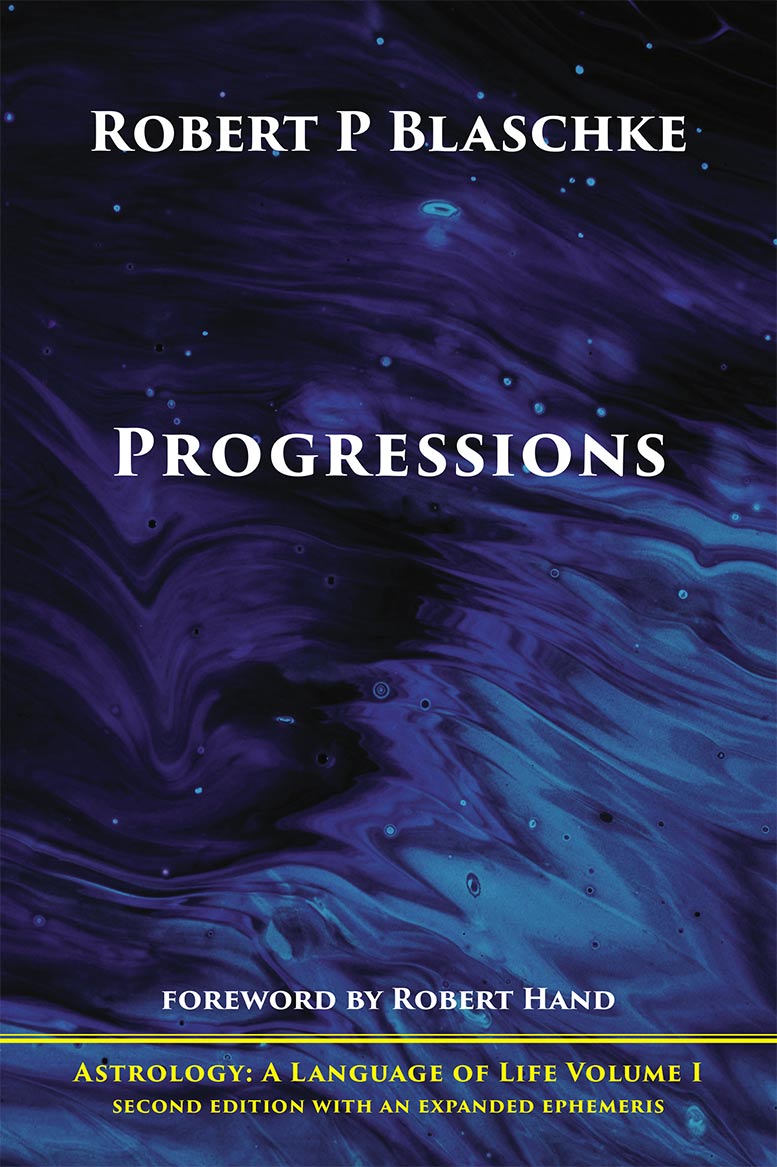

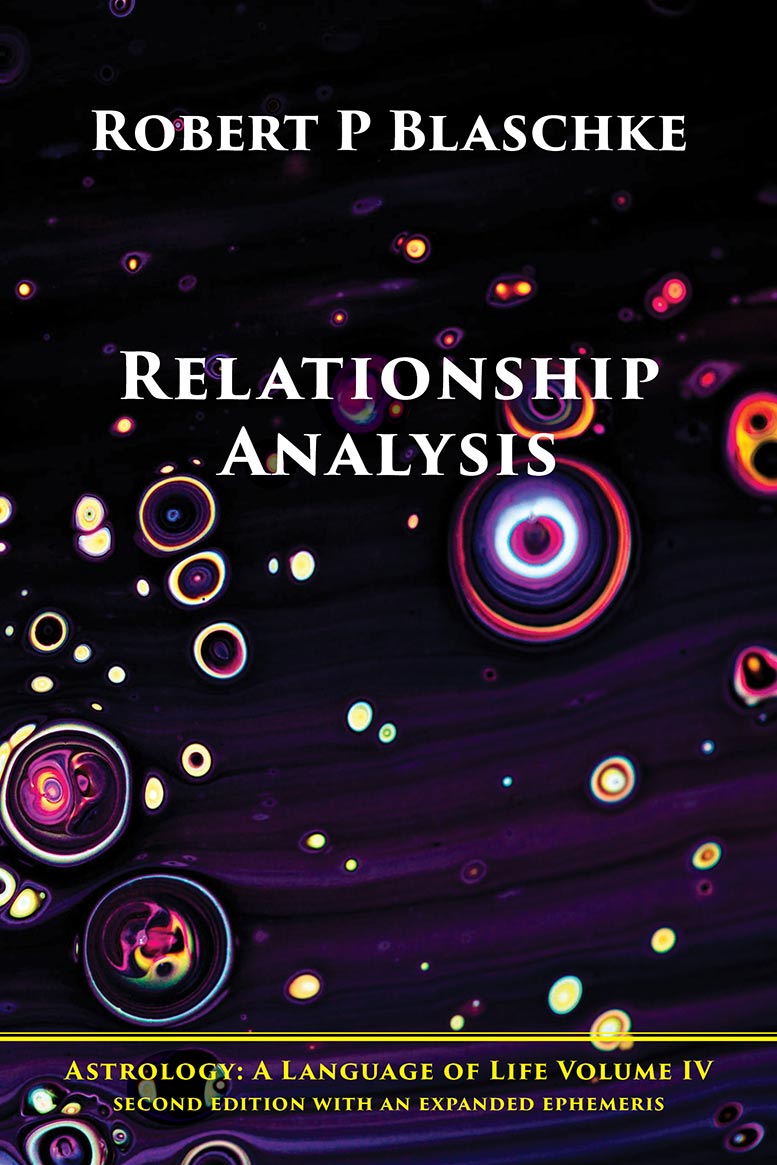
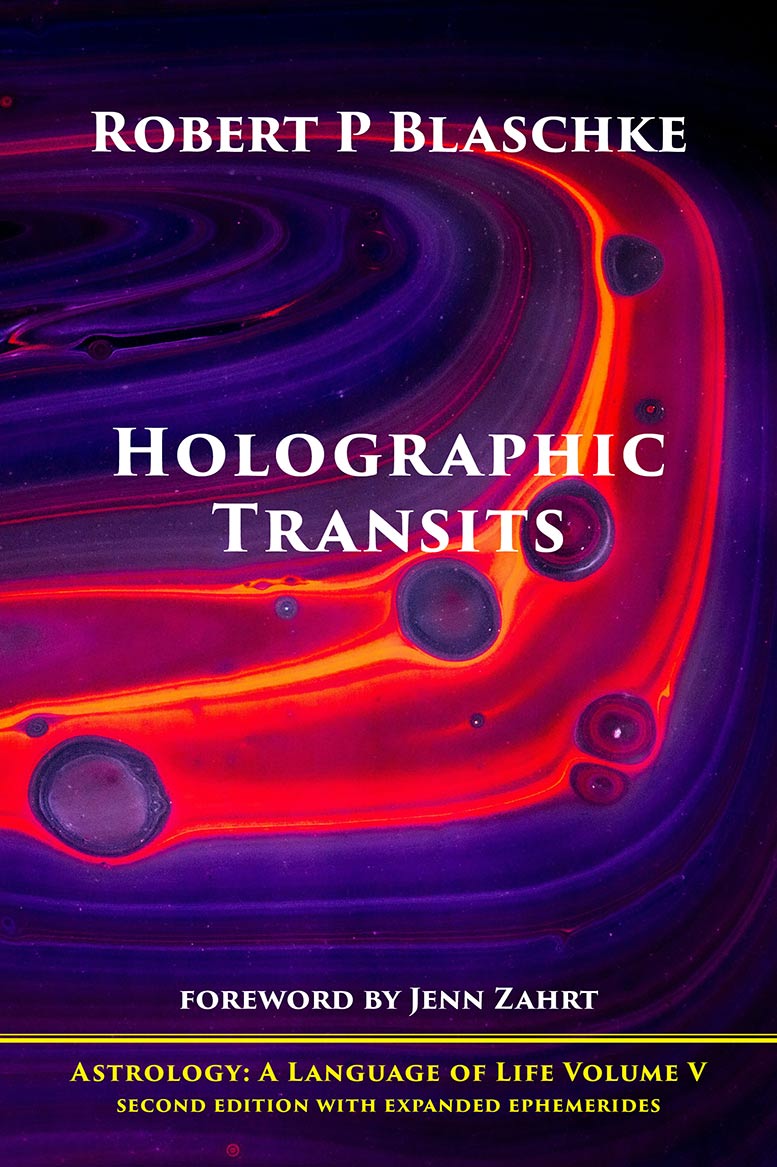

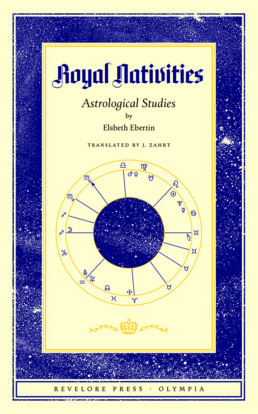


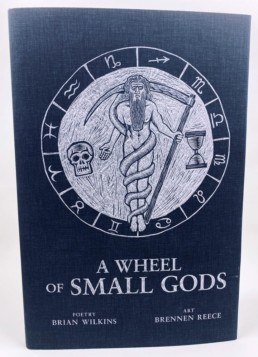
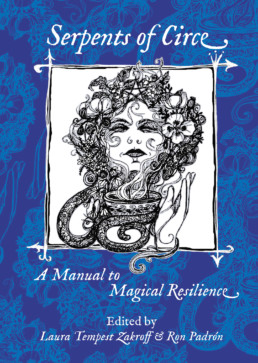
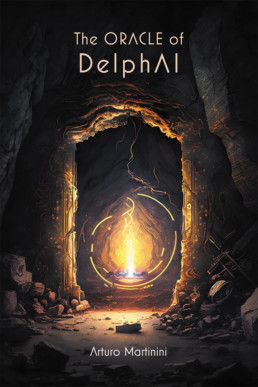

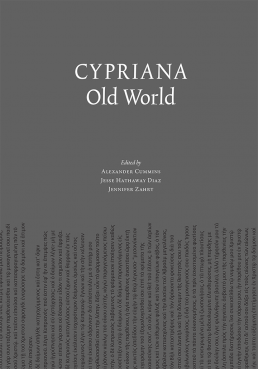
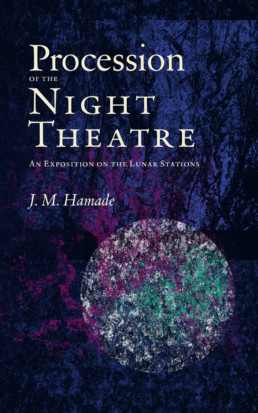
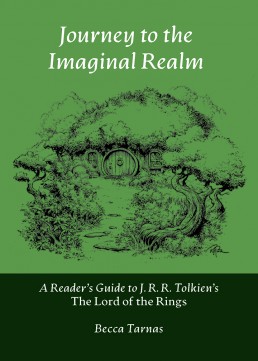
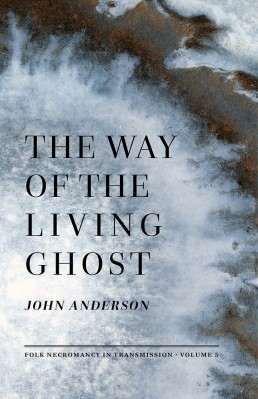
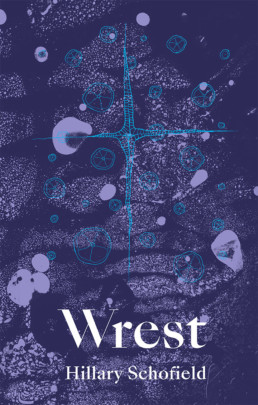
Reviews
There are no reviews yet.